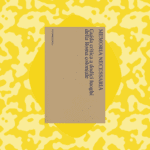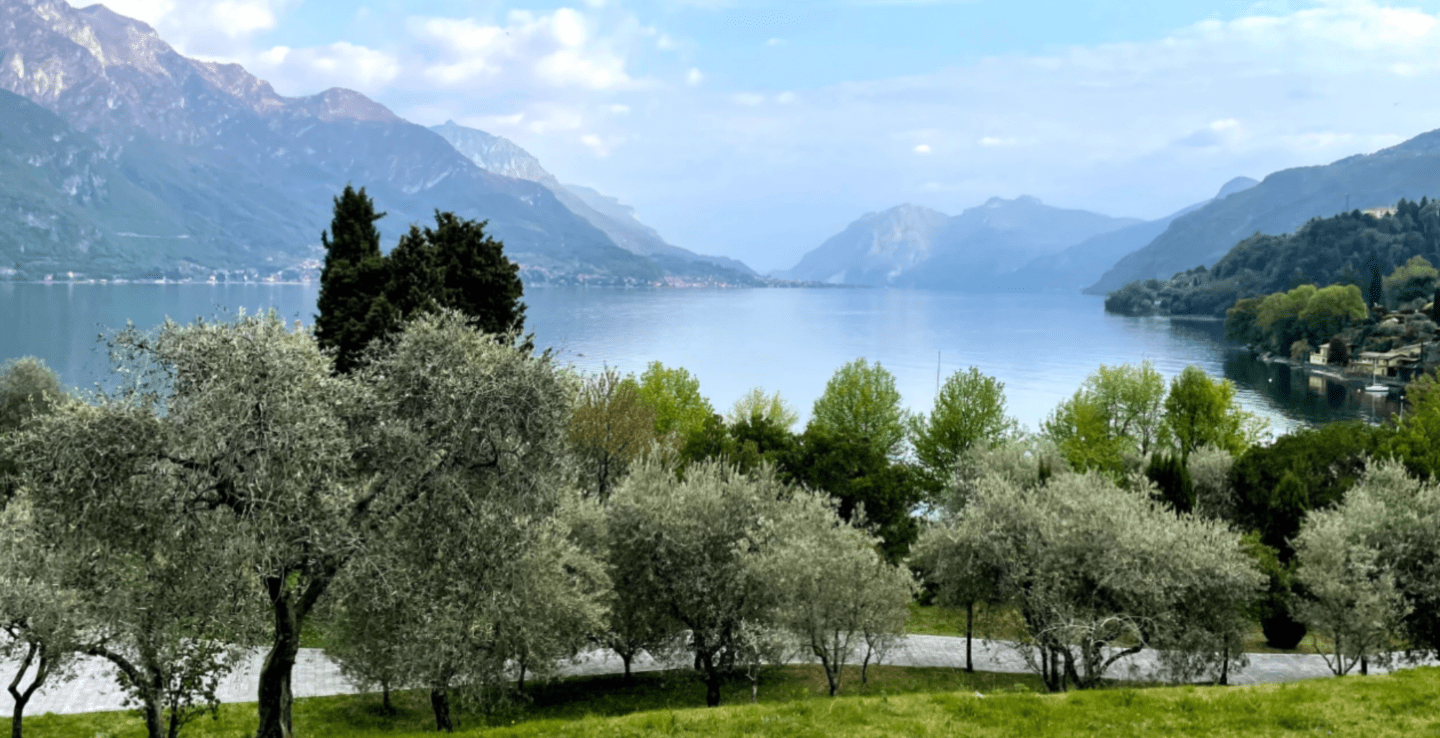
Caterina participated in the Bellagio residency program in 2014. During this residency, she worked on the documentary The House He Built (2019). The themes from this project continued over into the book Memoria necessaria: Guida critica a dodici luoghi della Roma coloniale (Viaindustriae, 2022).
Caterina is a filmmaker and artist. Using tools from anthropology, history and media, Caterina’s work focuses on the intersection between people and the built environment. Her films have been screened at many museums around the world, including MOMA, the British Museum, the Smithsonian, and the Museo Reina Sofia.
A few words with Caterina
“While at the Center, I had a memorable post-dinner conversation with one of the fellows that made me and two other fellows reflect on our goals. It was a turning point, and as a result the three of us left our jobs to invest all of our energies in pursuing our creative work.
“Memoria necessaria is one in a series of five projects that I started right after I completed The House He Built, the documentary I was working on at Bellagio. The film was my first approach to working with archival materials. Memoria necessaria complements my interest in focusing on the way people relate to space – in this case the city – with memory and the archives.
“I would advise future residents to engage as much as possible with the other fellows. The time at Bellagio was so important because the people that were there with me were all involved in so many different fields. Their diverse ways of thinking were so stimulating and challenging. You never know what might come to you and where it might come from.”
Synopsis
Memoria necessaria is an artist’s book. Structured as a guide to 12 sites of colonial memory in Rome, the book begins by re-contextualising the events remembered on each site, alongside images from the period. The second section contains essays by 12 different contributors – including an historian, an art curator, and a city planner – who write about their own personal experiences of these colonial sites. Finally, the third section moves from the city to the former Colonial Museum, and gives a tour via 12 objects held in their collection, inviting us to face and participate in the reframing of a difficult history.
Explore More
To find out more about Caterina’s work, you can read her piece “Memoria Necessaria/Memory amiss” in Roots Routes, an independent quarterly specialising in visual culture. You can also visit her IMDb page or her website.
Related

August 2023
Welcome to a special edition of the Bellagio Bulletin, where you’ll have a chance to hear from leading voices within the alumni network on one of the greatest global challenges of our time – the ethical application and governance of artificial intelligence. We hope you’ll find their points of view as illuminating as we have […]
More